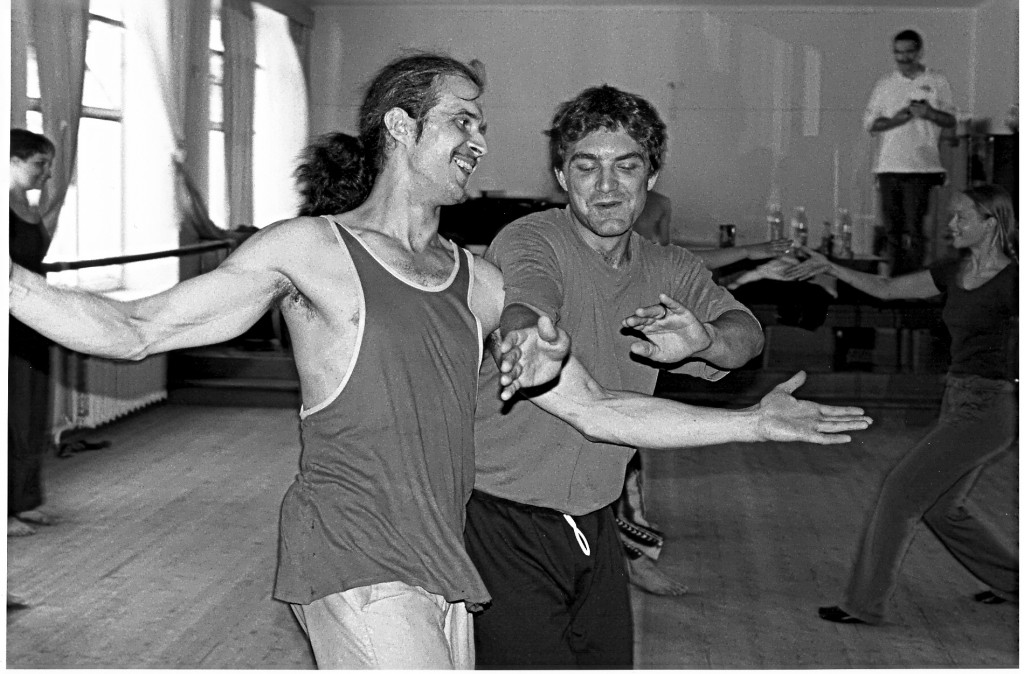People often ask what is the difference between a somatic movement therapist and a physical therapist. Physical therapy is focused on the treatment of injury. Somatic practioners are focused on an integrative approach to movement and the self. This is from ISMETA, the International Somatic Movement Education and Therapy Association:
The field of somatics has developed over the last century through a process of inquiry into how consciousness inhabits the living body. The term is derived from the word “somatic” (Greek “somatikos”, soma: “living, aware, bodily person”) which means pertaining to the body, experienced and regulated from within. According to Thomas Hanna, who first coined the phrase, “somatics” is the study of self from the perspective of one’s lived experience, encompassing the dimensions of body, psyche, and spirit.
The field of Somatic Movement Education and Therapy represents a variety of approaches to the process of awakening awareness of the human body, or soma, in movement. Registered practitioners guide individuals and groups into inner experiences of their bodies, deepening the clients’ understanding of themselves in motion. This transformational learning process can include sound, breath, touch and imagery in addition to movement.
In my practice I focus on helping clients make connections between their inner experience and outer expression. Using specific expressive strategies I help them connect to their bodies in an ongoing practice of awareness and expansion through their movement.
So what does a movement therapy session look like? Often I will begin with a simple eyes-closed practice of alternating movement and stillness. Any kind of movement – from walking to more complex patterns – there is no judgement about the kind or amount of movement. From there, we may add an image or explore movement with specific parts of the body. Drawing, writing and touch may be part of the work – no session is ever the same. For more information, click here.
